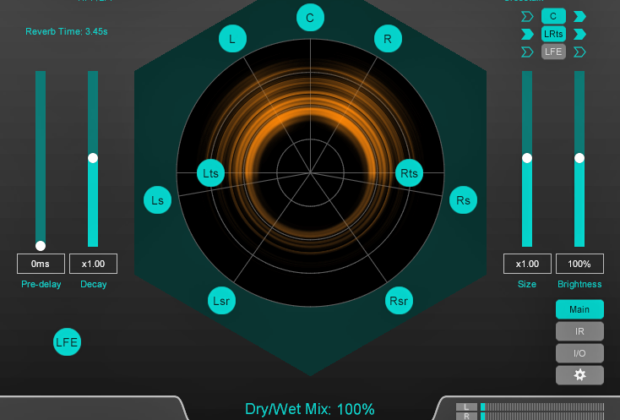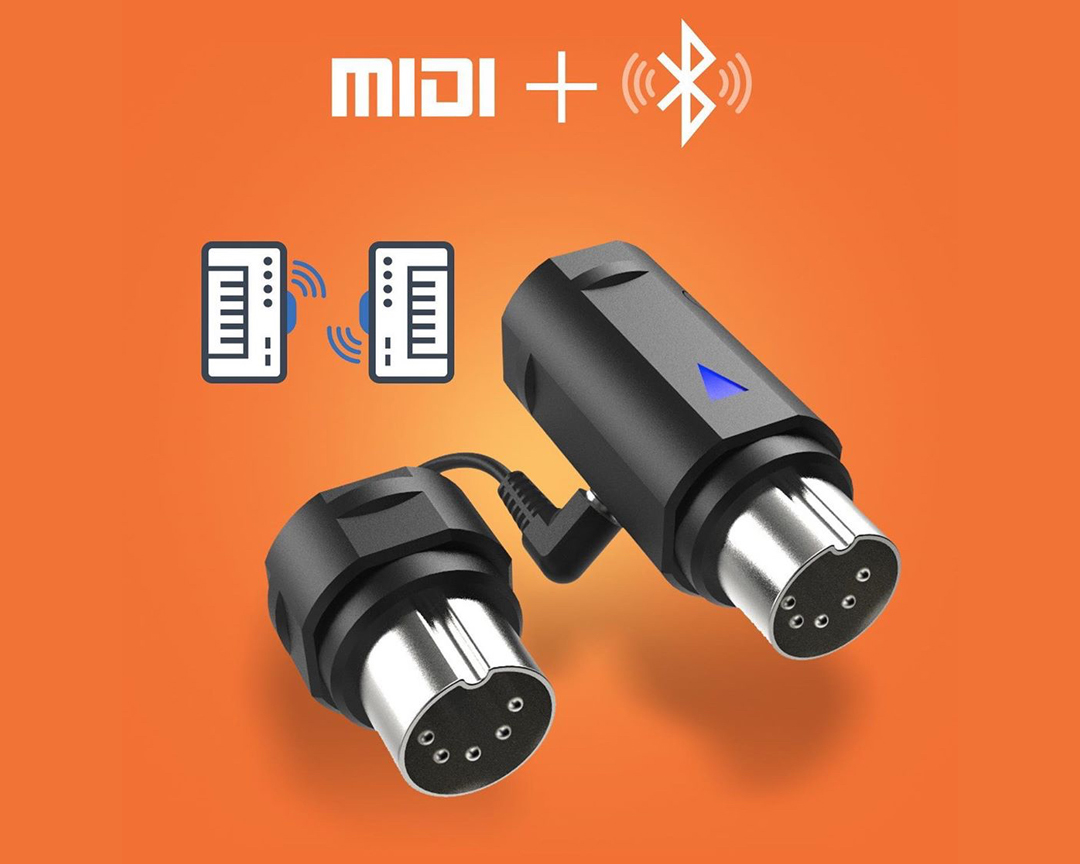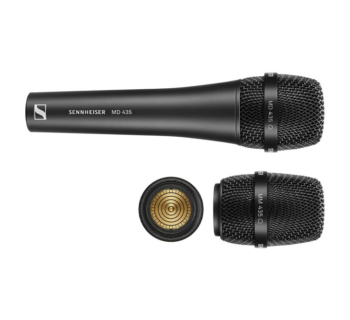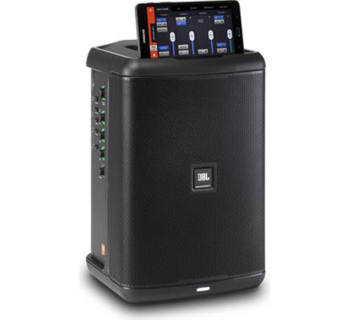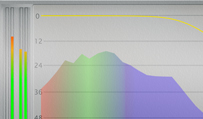Paragon is NUGEN Audio’s new convolution reverb plug-in that uses immersive Ambisonic recordings in real spaces for its impulse responses. But Paragon’s ability to modify and change parameters just like an algorithmic reverb is a major feature. You have full control over decay time, room size and brightness. Previously, impulse response reverbs did this by using time stretching and/or removing samples, which can generate bad-sounding artifacts.
Paragon reverb comes with 12 separate instances from stereo all the way up to 7.1.2 audio channels for any surround sound format, including Dolby Atmos. There are individually configurable crosstalk settings per channel, HPF and LPF per channel, and a switchable LFE. Because of its editing abilities, there is no need to install a giant library of impulse responses to cover every possible configuration; the installer for Mac was under 200Mb.
I put Paragon straight to work in a stereo Pop R&B mix in Pro Tools. Instantly I could hear the realistic spaces it provided with all the cues to provide stereo width and immersion. I also loved the nearly instant response of all the parameter controls, especially the single 12dB/ octave HPF/LPF fader that quickly tailored the overall thickness/darkness of the reverb itself.
The IR has controls to edit the frequency response using a parametric EQ and altering the frequency-dependent decay rate. For quickly setting up a reverb, there are sample recordings provided: a drum hit, guitar and vocal. There is a separate I/O page for surround and Atmos to configure what channel goes where.
Paragon’s crosstalk feature creates liveliness and interaction between channels and allows mixers to produce surround reverb from mono or stereo sources. Immediately, I loved using Paragon for its beautiful and lustrous effect on music and vocals. NUGEN Audio Paragon sells for $599 MSRP.

